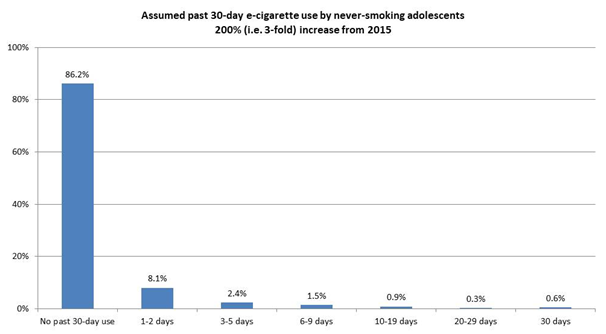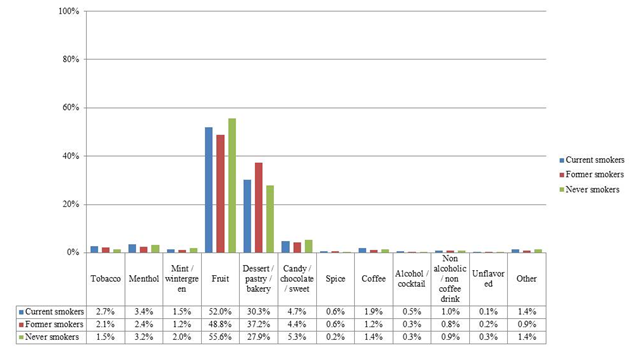Recently, there have been some unresolved advances in the United States regarding the use of e-cigarettes and its flavors. The Food and Drug Administration stated that there has been a break out in the use of e-cigarette by teenagers and it requires a quick and intense response so that it is quickly curbed.
What the FDA is proposing is to exempt e-cigarettes of their typifying flavors. According to an unpublished report, a 75% increase in e-cigarette use compared to 2017 was recorded among kids in high school.
This new advancement has a number of grave implications it poses. First, it is the responsibility of the health regulatory body to consider the benefits and bad sides of any intervention and evaluate whether it is worth it or not. The whole point of this mediation is to prevent youngsters from getting addicted and involved in smoking through e-cigarettes.
Meanwhile, the FDA knows that the proceedings may hurt legitimate adult smokers who need these vape flavors to quit smoking. Now the FDA has to find that balance between harm and good. To establish this, let’s take a look at a review about the link between the use of snus and cancer.
Compared to smokers, snus users use a little higher amount of nicotine daily, the report stated that 104,737 deaths in 2005 among men older than 35 in the US was attributed to smoking. Now if no one smoked and everyone used snus, the death toll would be about 2081.
This just shows how much of a risk smoking is. Addiction to nicotine through snus, on the other hand, poses way less risk of cancer and even less for cardiovascular diseases. Two studies particularly stated that nicotine is most likely not the major cause of heart failures and stroke in smokers.
To understand the so-called epidemic, we need to see detailed information which highlights the smoking rates or frequency and status of e-cig users. For reference, an assumed data of the pattern and use of e-cigarette by never smokers in 30 days should look somewhat like this.

Let’s assume this is what the situation looks like, for one it is not an epidemic and the involvement of e-cigarette in smoking is negligible. One thing we should always remember is that during the period when e-cigs became popular among adolescents, the smoking dominance declined.
Below are the discoveries from the biggest e-cigarette examination carried out among some 69 000 US adults.

What is clear to us is that the risk associated with the use of e-cigarettes combined with the risk of nicotine dependence cannot be matched with the risk of smoking. By proper analysis on which public health should base their decisions, we see a greater risk of the life of smokers being sacrificed to prevent a dependence or addiction with immensely lower risk.
Our conclusion and method of analysis should be scientific and not emotional, in that view we keep waiting for the detailed publication that includes all essential information.
